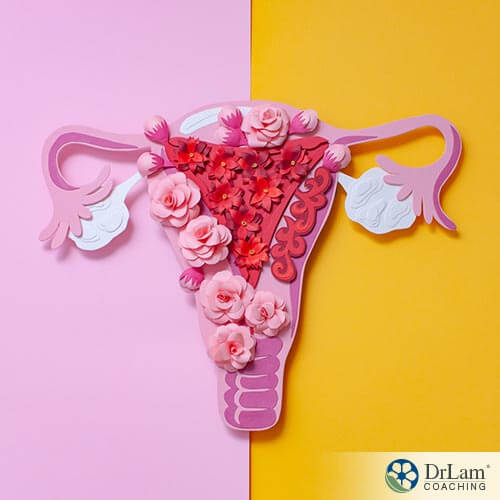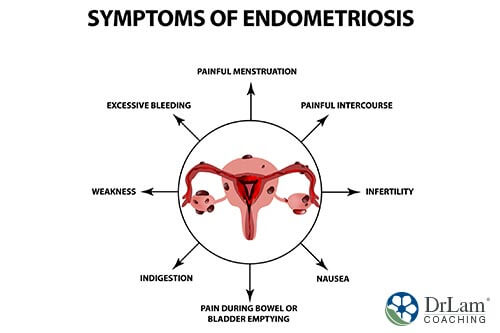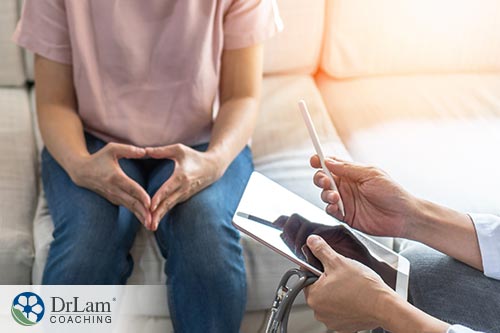 Endometriosis is a condition that affects many women. It occurs when the endometrial tissue that is normally found in your uterus lining grows outside of your uterus at certain points within your abdomen. This results in several painful symptoms, and may also negatively influence your fertility. However, an endometriosis test will let you know for certain if you have this condition.
Endometriosis is a condition that affects many women. It occurs when the endometrial tissue that is normally found in your uterus lining grows outside of your uterus at certain points within your abdomen. This results in several painful symptoms, and may also negatively influence your fertility. However, an endometriosis test will let you know for certain if you have this condition.
Before considering an endometriosis test, you should check if you have any of its symptoms:
Your primary healthcare practitioner may recommend an endometriosis test if you are symptomatic.
Although the different symptoms mentioned above may indicate that you have endometriosis, they are not conclusive. This is because they may also point towards other health conditions. So, an endometriosis test is the safest and most exact way to diagnose the condition.
The versions of an endometriosis test include:
Your healthcare practitioner would do a manual pelvic exam to search for possible abnormalities. But, this endometriosis test may not determine the smaller areas in which endometriosis occurs. However, it may indicate larger endometriosis areas such as those where a large cyst may have formed in the ovaries.
An ultrasound test uses high-frequency sound waves. During this procedure, a handheld device is either pressed against your abdomen or inserted into your vaginal opening. The probe then sends out sound waves and, in so doing, allows for the capturing of images. Then, your healthcare professional can ascertain whether you have endometriosis or not. This procedure also identifies endometriomas (which are cysts resulting from endometriosis).
Magnetic resonance imaging is commonly referred to as an MRI. This modality uses magnetic field and radio waves to create images. This test provides detailed imagery and a clear idea of the exact location of endometrial implants as well as their size. It is of great help when planning a medical procedure aimed at removing endometrial tissue.
Doing a laparoscopy to determine the size and location of endometrial tissue is an increasingly popular endometriosis test. The procedure is usually done under general anesthesia. Your healthcare provider makes an incision in your abdomen before inserting a laparoscope camera into your abdominal area to look for signs of endometrial tissue outside your uterus. This endometriosis test accurately shows the size and location of any endometrial tissue. Your healthcare professional may also choose to remove endometrial tissue during the procedure. So, it's not only diagnostic, but could be therapeutic.
 So, you told your healthcare professional about your symptoms. Then you did the endometriosis test, and the results came back positive. Thus you are faced with the question: “Now what?”
So, you told your healthcare professional about your symptoms. Then you did the endometriosis test, and the results came back positive. Thus you are faced with the question: “Now what?”
Well, there is good news, and there is bad news. The bad news is that there is no known cure for endometriosis. Instead, treatment is all about managing the symptoms. The only time your symptoms become fewer or totally go away is with menopause. Fortunately, there is life after an endometriosis diagnosis. But, by making well-informed decisions, you can have an active, healthy, pain-free life.
With regards to conventional medicine, a conservative approach may first be recommended:
Pain medication in the form of over-the-counter anti-inflammatory pills may help ease pain and cramps. However, long-term use of these pain pills may have adverse effects.
Birth control methods can help reduce the pain and address any hormone fluctuations during your menstrual cycle. It works to dampen the growth of new endometrial tissue outside your uterus. These contraceptives include vaginal rings, patches, birth control pills. Some women find relief with these contraceptive methods.
However, others also find relief by using aromatase inhibitors. These medications reduce the amount of estrogen present in your body and balance your hormones. However, long-term use of birth control with synthetic hormones can have lasting side effects like mood changes and future insulin resistance.
There are two main types of surgery used in endometriosis treatment. Hysterectomy is a radical surgery entails the removal of your uterus and ovaries. This type of surgery results in menopause. If you opt for this surgery, you should have a reduction in any endometriosis symptoms. Do remember, however, that this type of surgery is irreversible and may lead to its own set of symptoms due to a lack of hormones.
However, a certain percentage of women undergoing hysterectomy may increase their risk of cardiovascular heart disease. The younger you get a hysterectomy, the greater the chances of the procedure having a negative health impact.
In contrast, conservative surgery, like laparoscopy, is less invasive and removes the excess endometrial tissue. Conservative surgery is usually recommended to women who may still want to get pregnant in the future. It may also increase their chances of doing so in many cases. But, this more conservative approach will not stop new endometrial tissue development and growth. However, it may help reduce many of your symptoms and improve your quality of life.
The holistic approach to any health condition treats your body as a complete system. Each part is dependent on all the others to keep you in good health. This implies that treatment does not target one specific symptom, but many systems as a whole.
Therefore, endometriosis and adrenal fatigue may be related. This is because both conditions result in a hormone imbalance. Indeed, adrenal fatigue may worsen your symptoms if you have endometriosis, with both conditions sharing many similar symptoms. A holistic approach to dealing with endometriosis would thus also offer adrenal support.
Diet is the first step in a holistic approach to dealing with your endometriosis symptoms. Following an anti-inflammatory diet often promotes hormone health. To this end, a diet rich in fruit and vegetables is a must. It also calls for eliminating high-estrogen foods like soy as well as inflammatory foods like sugar, dairy, and caffeine. Instead, choose anti-inflammatory food options like green leafy vegetables, turmeric, ginger, various seeds, and berries.
Many natural supplements may help reduce endometriosis symptoms. These include milk thistle, fish oil, and Pycnogenol. Pycnogenol is a French maritime pine bark extract that makes a great hormone therapy replacement choice. Vitamin B complex may also give relief because it not only improves your health, but may help balance hormones and boost your immune system. Other benefits include a reduction in toxicity in your body, help with pain relief, boost your energy levels, and help to balance your mood.
The first step to diagnose endometriosis is to undergo an endometriosis test. If it comes back positive, here are some things to consider:
 Try making dietary changes that incorporate anti-inflammatory foods and taking natural supplements.
Try making dietary changes that incorporate anti-inflammatory foods and taking natural supplements.If you would like to know more about an endometriosis test or need more assistance with endometriosis and its link to adrenal fatigue, the team at Dr. Lam Coaching can help. We offer a free** no-obligation phone consultation at +1-626-571-1234 where we will privately discuss your symptoms and various options. You can also send us a question through our Ask The Doctor system by clicking here.
© Copyright 2021 Michael Lam, M.D. All Rights Reserved.
The best endometriosis test is one that lets you know whether you have the condition. Starting with an internal exam may be great but do consider the other options as well. Laparoscopies are gaining traction because your surgeon can do something about endometrial growth at the same time.
